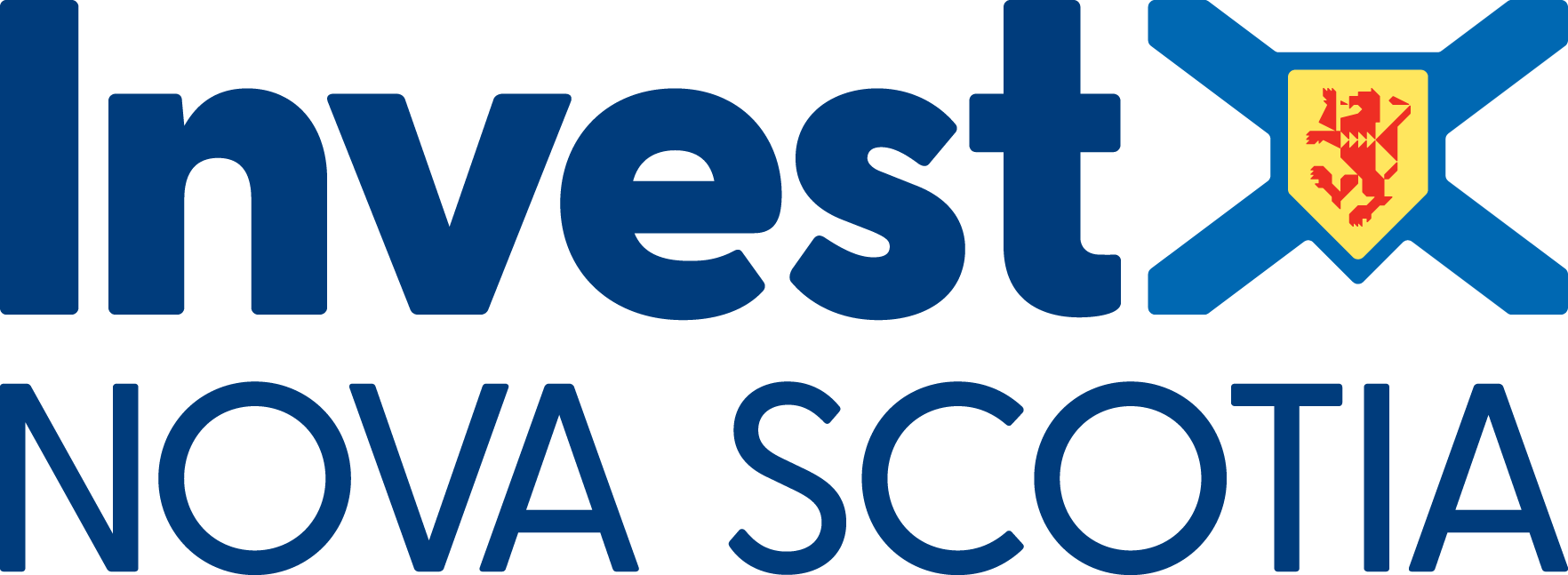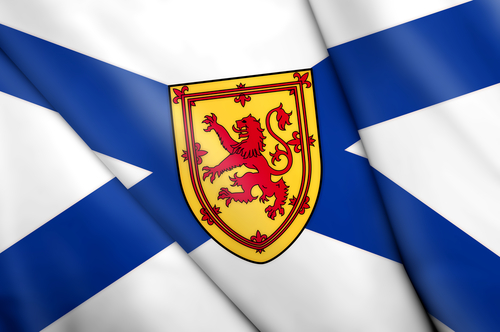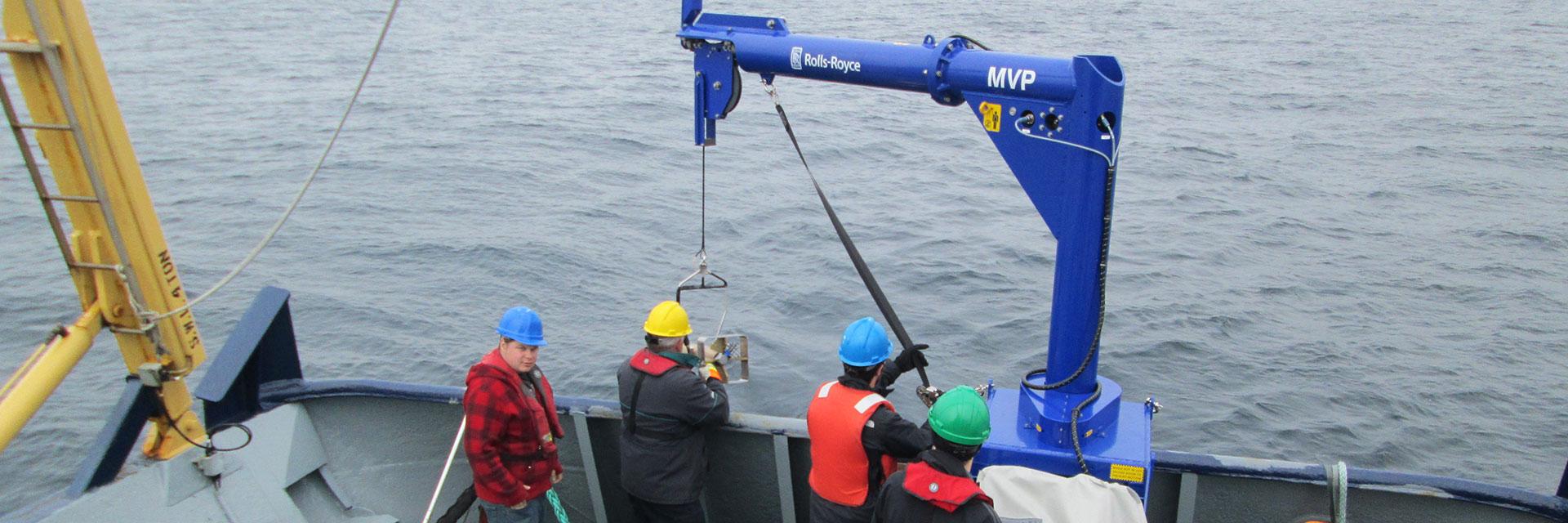How Data and Oceans Integrate
Monday, November 6, 2017
The magnitude of the ocean – and how little we know about it
The ocean covers more than two-thirds of the earth’s surface, yet we know more about the moon. Given that an estimated 95% of our oceans remain unexplored and oceanography has evolved from a ship-based expeditionary science, researchers today are turning to a variety of digital ocean data gathering technologies to find answers more economically.
Researchers and users have seen a true explosion in data collected from these various ocean technologies over the past fifteen years. Whether from a buoy, wave glider, hull-mounted sensor, or hydrophone, data is being generated at a rate faster than it can be assessed. This experience is not unique to the oceans industries.
An exponential growth in data
Twitter and Facebook respectively generate more than seven and 10 terabytes of information on a daily basis.
By 2020, there could be as much as 40 zettabytes online with more than 20 billion devices connected to the Internet of Things (IoT). It is now possible for computers to sort through 100 terrabytes of data in 23 minutes.
This sheer volume of data is what's fueling advances in data analytics and the growing industry of Big Data.
What exactly is Big Data?
According to Gartner, big data is, “high-volume, -velocity and -variety information assets that demand cost-effective, innovative forms of information processing for enhanced insight and decision making.”
According to a report from the McKinsey Global Institute, “Big data: The next frontier for innovation, competition, and productivity,” Enterprises with the capability to analyze big data experience twice as much profit growth, and more than double in stock price appreciation compared to others in their given industry.
This is just one way that Big Data – and data analytics – can help businesses.
Big Data from the ocean
The data coming from ocean observation certainly matches Gartner's definition. It is high-value, high-variety, and has a high degree of variation. By combining complex machine-learning algorithms with artificial intelligence, Cognitive Analytics give users stronger and faster understandings of complex systems. Businesses with insight to ask keen questions are able to link distinctive data sets to seek out connections and form valuable insights.
Providing insights to oceans industries
These understandings can be applied to a variety of ocean-related industries:
- Fisheries and aquaculture
- Marine transportation
- Marine defence
- Science and observation
- Offshore and renewable energy
From IoT systems connecting scientific instruments floating in the ocean, to the digital integration of ports and maritime security, the opportunities to harness data analytics for the benefit of the oceans economy are tremendous.
Many companies are realizing Nova Scotia is a great place to do business in Big Data — the biggest being tech giant IBM. IBM recently expanded its data analytics centre in Halifax, choosing Nova Scotia for its outstanding labour pool, prime location to work with Europe and North America’s Pacific coast, and a focus on partnership between academia, industry, and government.
With Canada’s first Big Data Academic Research Centre, the highest global concentration of marine-related researchers and ocean tech companies involved in acoustics, sensors, and instrumentation collecting a plethora of data, Nova Scotia is uniquely positioned to become a leader in ocean analytics.
And with the ocean’s shores within an hour’s drive from any place in the province, it’s easy to see why ocean innovators are choosing Nova Scotia.
Learn more about Nova Scotia's Ocean Technology and Information Technology industries





